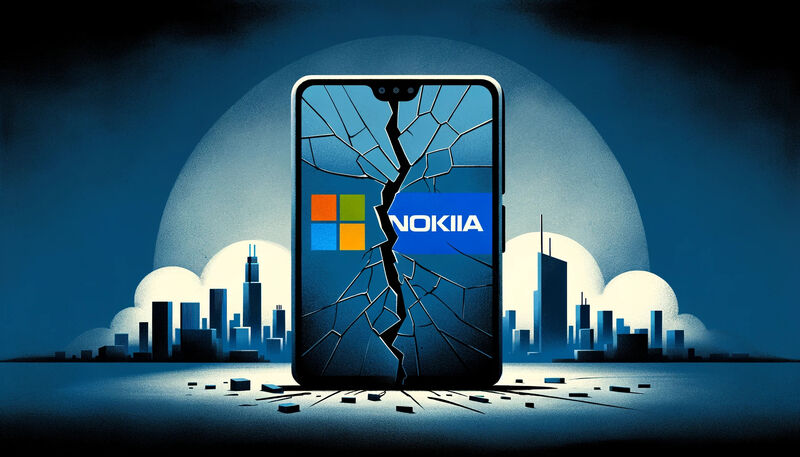The Decade-Old Microsoft-Nokia Deal: A Strategic Misstep with Lasting Implications

A decade ago, in a bold move aimed at capturing a significant share of the burgeoning smartphone market, Microsoft acquired Nokia’s handset division. This acquisition was seen as a pivotal moment for both companies, each a giant in its own right. Microsoft was a leading force in software, while Nokia had been a dominant player in the mobile phone industry. However, the partnership that was intended to catapult both entities to new heights ultimately ended in a dramatic write-off, with Microsoft declaring the venture a significant loss. This retrospective analysis explores the myriad factors that contributed to one of the tech industry's most notorious failures.
The Acquisition
In 2014, Microsoft completed its acquisition of Nokia's mobile phone unit for $7.2 billion, a strategic move orchestrated under the leadership of then-CEO Steve Ballmer. The deal also included a licensing agreement for Nokia's patents. Microsoft's objective was clear: integrate Nokia’s hardware prowess with its software capabilities to create a powerful contender in the smartphone sector, dominated at the time by Apple’s iOS and Google’s Android platforms.
Early Optimism and Strategic Misalignments
Initial reactions to the acquisition were mixed, with some analysts optimistic about the potential for synergy between Microsoft's software expertise and Nokia's hardware innovations. However, underlying this alliance were several strategic misalignments and cultural clashes.
Software Challenges and Market Dynamics
Nokia, once the leader in mobile phones, had been struggling to adapt to the shift towards smartphones. Its Symbian platform was faltering against more modern operating systems like iOS and Android. Microsoft's Windows Phone, introduced as a replacement, failed to attract a significant user base or developer interest, despite its innovative interface.
Management and Vision Discrepancies
The integration of the two companies was further hampered by differing management styles and visions. Nokia, a company proud of its Finnish roots and engineering-led culture, found it difficult to integrate into Microsoft's American, sales-driven approach. This cultural misfit was exacerbated by strategic decisions that sidelined potential growth opportunities, such as the failure to capitalize on emerging markets where Nokia had a strong presence.
The Downfall
By 2016, it was clear that the partnership was faltering. Microsoft wrote off $7.6 billion related to the Nokia deal and announced significant job cuts, primarily affecting the former Nokia employees. This write-off not only reflected the financial loss but also marked a strategic retreat from Microsoft's mobile hardware ambitions.
Impact on Innovation and Market Presence
The acquisition had a stifling effect on innovation. With its focus on integrating Nokia and pushing Windows Phone, Microsoft missed critical developments in mobile technology and services. Moreover, the constant shifts in strategy led to a loss of confidence among consumers and developers, further eroding the market position Microsoft and Nokia needed to secure.
Lessons Learned and Legacy
The Microsoft-Nokia saga offers crucial lessons on the complexities of merging large corporations with very different cultures and business models. It also serves as a cautionary tale about the speed of technological change and market evolution, emphasizing the need for agility and foresight in strategic decision-making.
Strategic Reflections
Post-mortem analyses suggest that Microsoft could have benefited from a more phased and cautious integration strategy, one that respected Nokia's brand heritage and leveraged its global reach. Additionally, Microsoft's late entry into the mobile market was a significant disadvantage. Timing, coupled with an underestimation of the competition from Android and iOS, doomed the venture from the start.
Conclusion
Today, as Microsoft continues to thrive in its core areas of cloud computing and enterprise services, the Nokia acquisition remains a stark reminder of the risks involved in large-scale mergers and acquisitions. For Nokia, now focused on telecommunications infrastructure and new technologies like 5G, the journey has been about reinventing itself in a post-handset world.
The Microsoft-Nokia deal, ambitious in its goals but flawed in execution, ultimately reshaped both companies in ways that continue to influence their strategies and market positions. It serves as a pivotal study in the importance of aligning strategy with core competencies and market realities.

